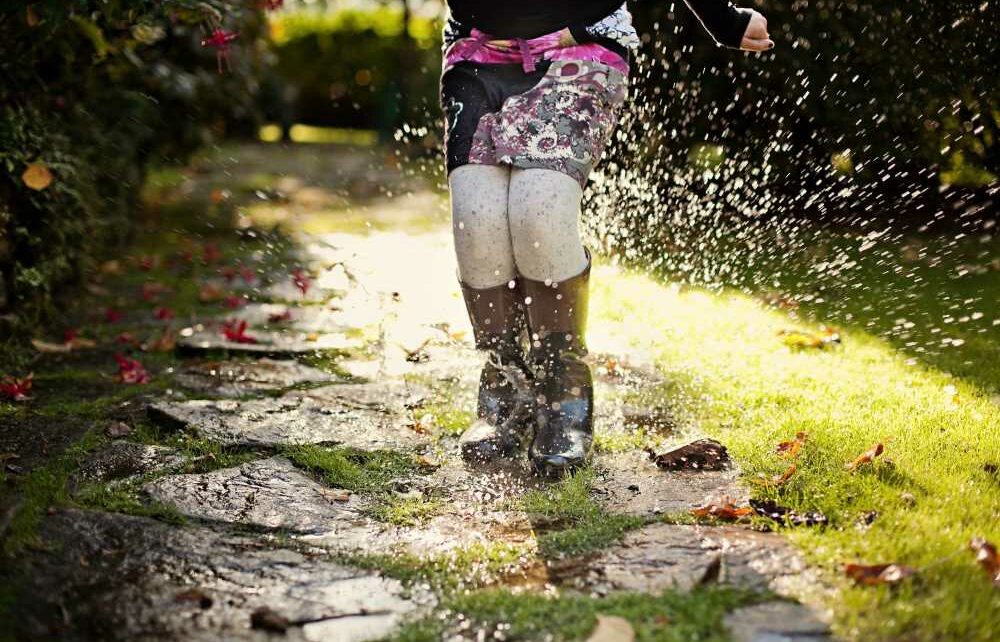WITH heavy rain forecasted for much of the country, gardeners are being urged to take a few steps to take care of their lawn.
Although there's nothing you can do to stop the rain, you can ensure your garden still looks the best it can.
Matt Kent, landscape manager at Toolstation, has shared lawn care advice for homeowners on what actions to take following a flooded garden.
Your garden can become waterlogged after long periods of heavy rain, this can result in puddles and squelchy soil, as well as encourage algae and moss.
Steps to take to recover a waterlogged lawn
Remove any debris – As soon as the flood water has receded you should remove any leftover debris (sticks, silt, leaves) to clear the lawn's surface, Matt explained.
However you should avoid using a metal rake as it can damage the surface of your soil.
READ MORE ON GARDENING

I spent £40k on 'eyesore shed' – but council refuses to let me transform it

We converted a dusty work van into paradise complete with in-home movie theater
Aerate the soil – Using a garden fork or aeration tool, spike holes into the soil surface.
The holes should be no more than six inches deep but will help the water penetrate the roots without becoming too wet.
Fertilise the soil – Fertilise the lawn using a feed that is rich in phosphorus.
This will help to promote root growth as well as replace the nutrients in the ground, the expert noted.
Most read in Fabulous

If you start the day single, by noon you will have met your ‘I’ soulmate

Forget the LBD, Rita, Kate and Rihanna prove that LBK is the hottest trend

I was so skinny it makes me sad to watch Strictly, says Kristina Rhianoff

‘Genius’ washing machine hack sees clothes ‘basically come out dry’ & saves cash
You should also avoid mowing the lawn when it's wet – wait until Spring when it is generally more dry.
Long-term solutions
Level out the ground – If the flooding is only happening in isolated areas, you can add some topsoil and new turf to level out the uneven lawn.
Add garden walkways – Each time you walk over your lawn, you compact it beneath your feet. Adding a simple paved garden walkway will help to protect your lawn from damage.
Consider a French Drain – If flooding is a regular issue, you may want to consider installing a French drain, Matt suggested.
This is a gravel-filled ditch with a perforated underground pipe to drain away the water, it’s best to check with your local planning authority before starting any digging though.
The lasting effects of a waterlogged lawn
When a lawn becomes submerged in water, oxygen cannot reach the roots meaning they are unable to provide the nutrients needed. Over time this can result in dead grass.
Early symptoms of waterlogging damage include:
Bare patches – As the grassroots start to die, it will result in bare patches of lawn. These first strike in the worst affected area.
Read More on The Sun

One-off payment worth £185 set for thousands – check if you're getting one

Soap legend in talks to join I'm A Celebrity after 28 years on show
Moss patches – Whilst a small amount of moss is beneficial to a lawn, large amounts of it can cause the grass to die as the moss steals the ground nutrients.
Excess weeds – Rogue weeds are a common sight in lawns however, they can quickly take over a weakened lawn and starve the remaining grass of nutrients.
Source: Read Full Article



